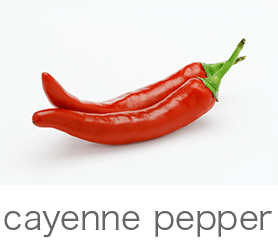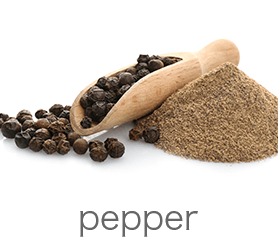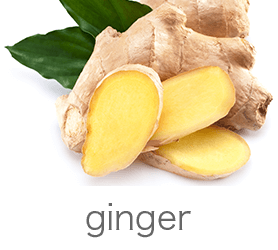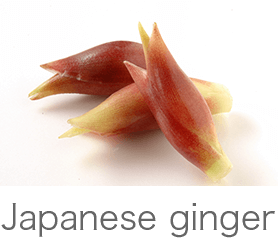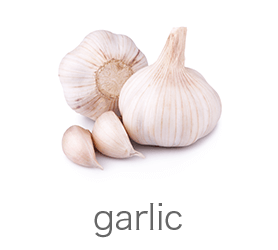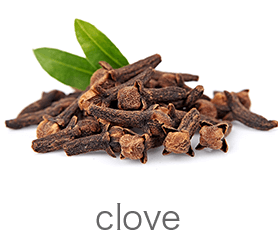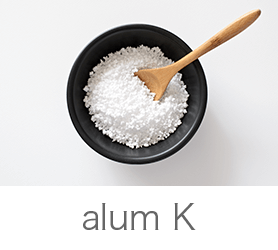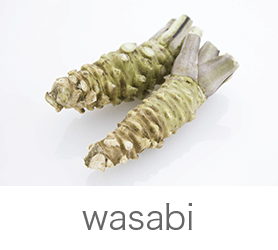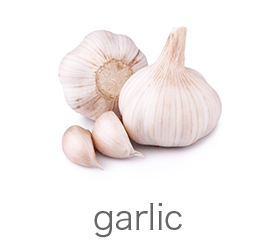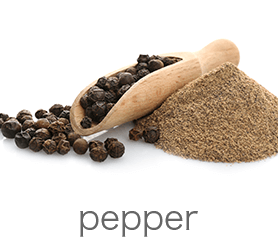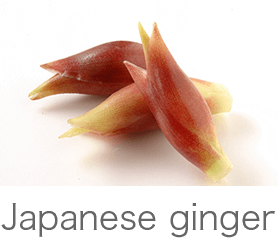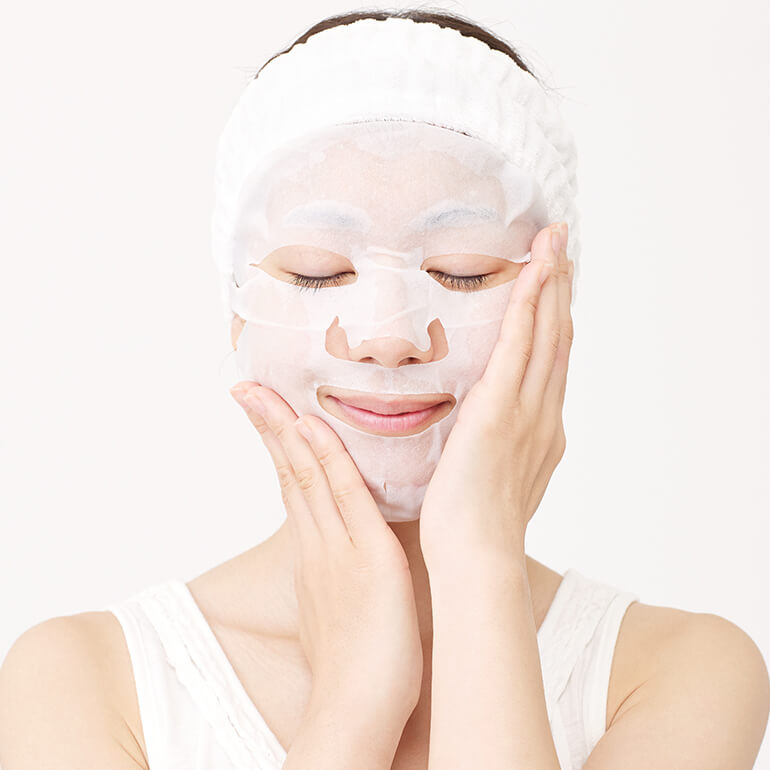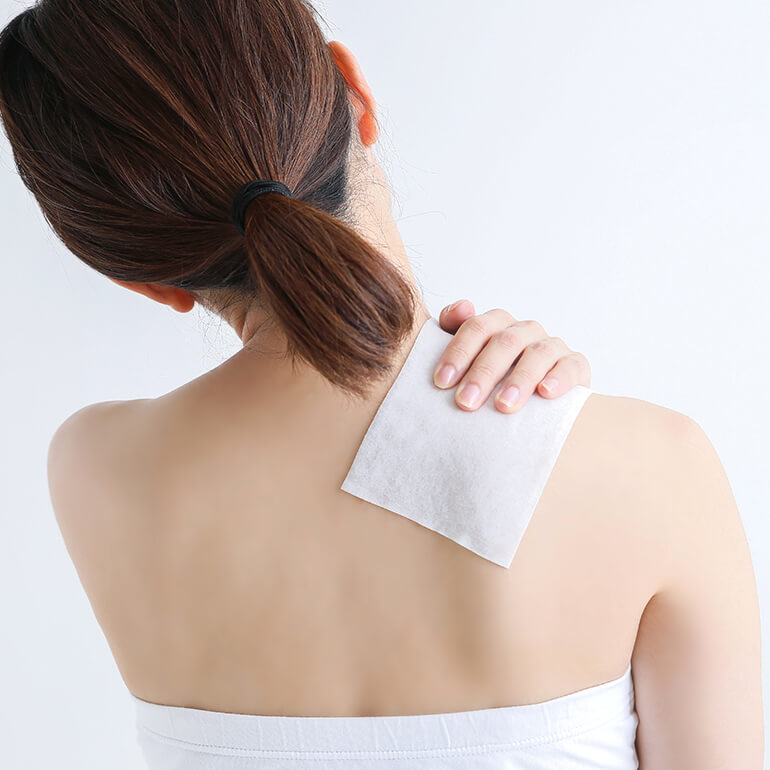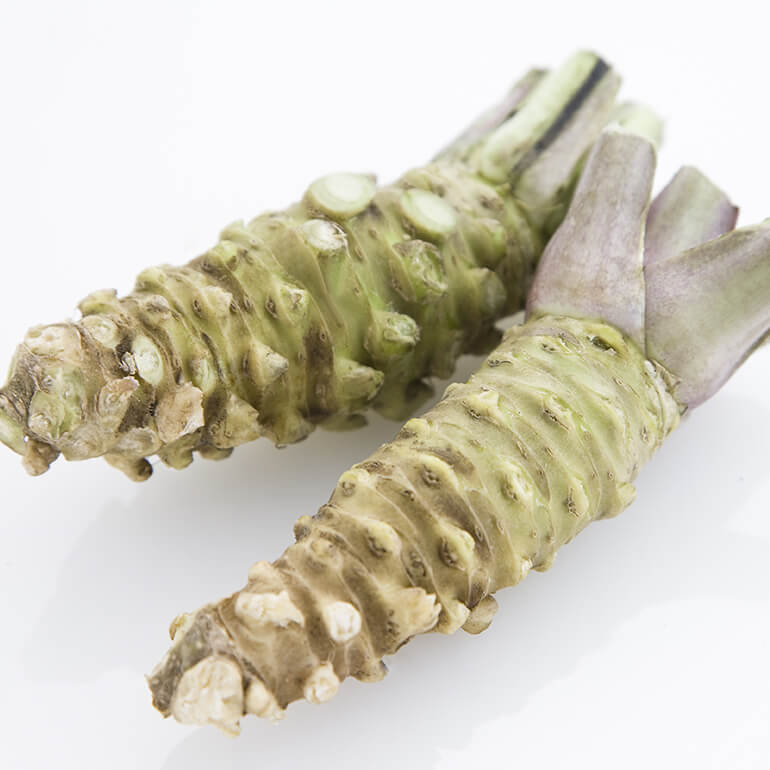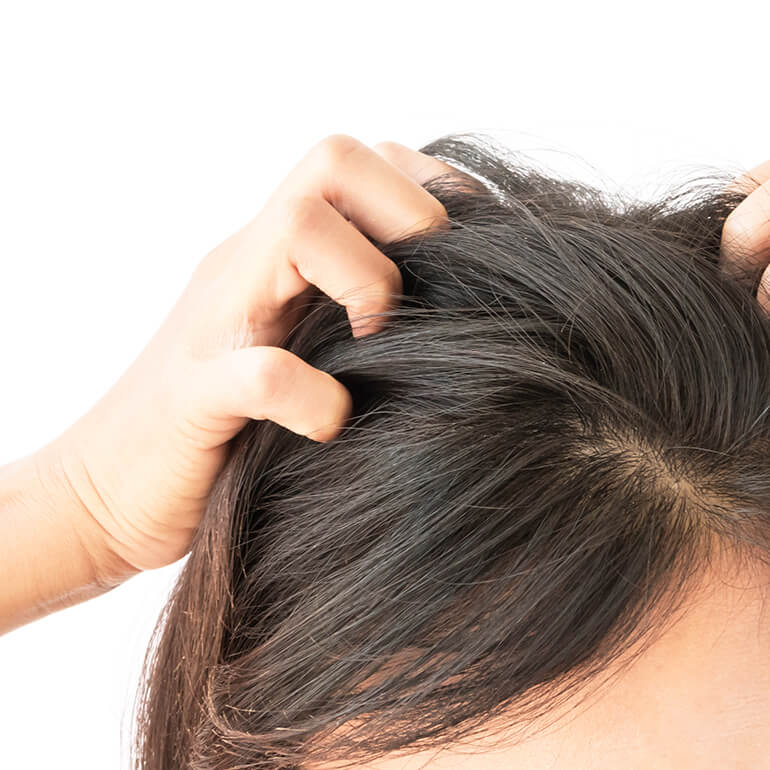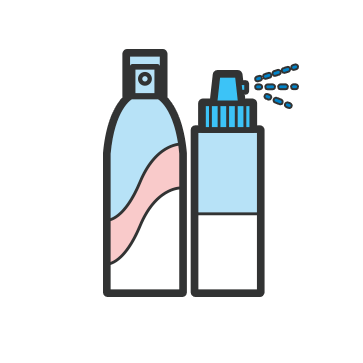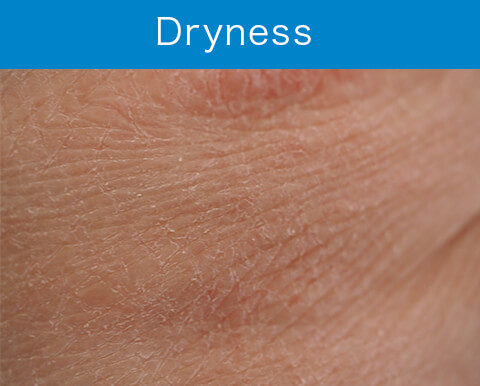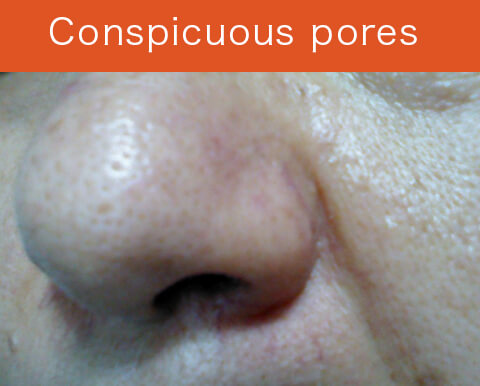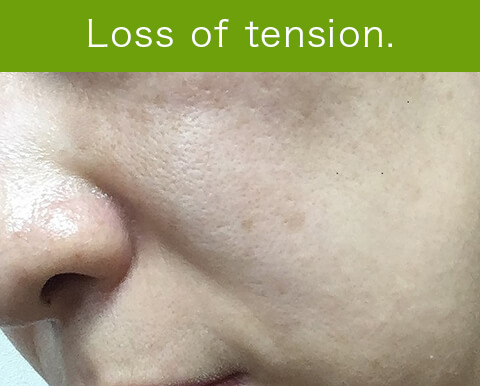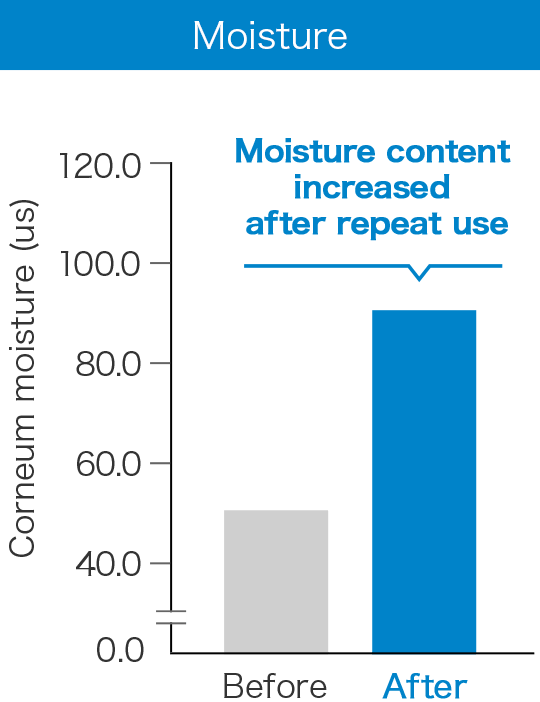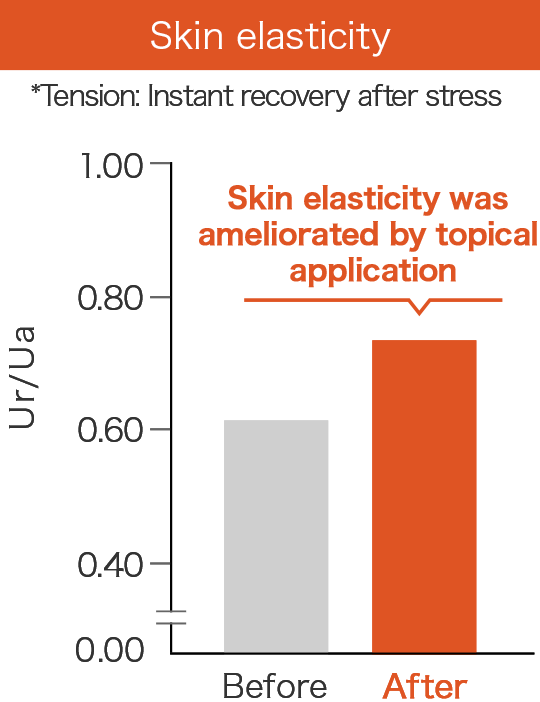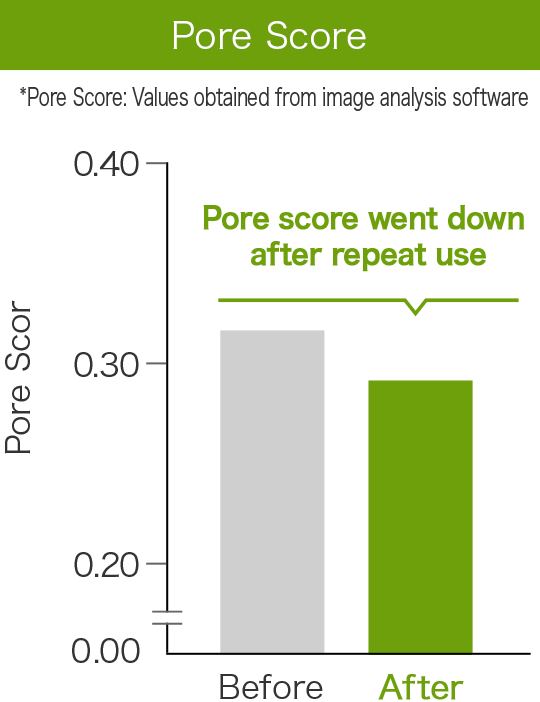R&D Information
Pick Up Contents
Sensation sensors,
not like your five senses





Mandom turned attention to TRP channels
which are sensation sensors of the cell which detect
temperature and chemical stimulation.
We are conducting R&D that focuses on human sensation.

TRP channel joint research:
Mandom is collaborating with Specially Appointed Professor
Makoto Tominaga
(Nagoya Advanced Research and Development Center, Nagoya City University)
〈Profile: Specially Appointed Professor Makoto Tominaga, Ph.D. 〉
Graduated from Ehime University, Faculty of Medicine. Graduated from Kyoto University Graduate School of Medicine (Doctor of Medical Science). After posts at Kyoto University, National Institute for Physiological Sciences, University of California at San Francisco, University of Tsukuba, and Mie University, Exploratory Research Center on Life and Living Systems (ExCELLS),assumed current post at Nagoya Advanced Research and Development Center. Specially Appointed Professor Tominaga discovered TRP channels and is the world leader in TRP channel research; he is engaged in research into TRP channels to unravel the molecular structures involved in thermal and nociceptive receptors.
There are many kinds of TRP channels. Almost all human cells have TRP channels. Molecular functions for TRP channel have become clear. For example, some TRPs react not only to thermal but also chemical stimuli such as menthol and capsaicin.
We humans have various sensors that detect and interpret external stimuli. We can feel the environmental changes around us and respond accordingly, maintaining our life-sustaining activities owing to these sensors. “Five senses”, sight, hearing, taste, smell and touch, are traditionally recognized. Aristotle, the Greek Philosopher, described this “five senses” more than 2000 years ago. In 1997, it was discovered that TRP (Transient Receptor Potential) channels are now known to constitute important components of sensory systems.
Thermal and chemical stimuli activate the TRP channel
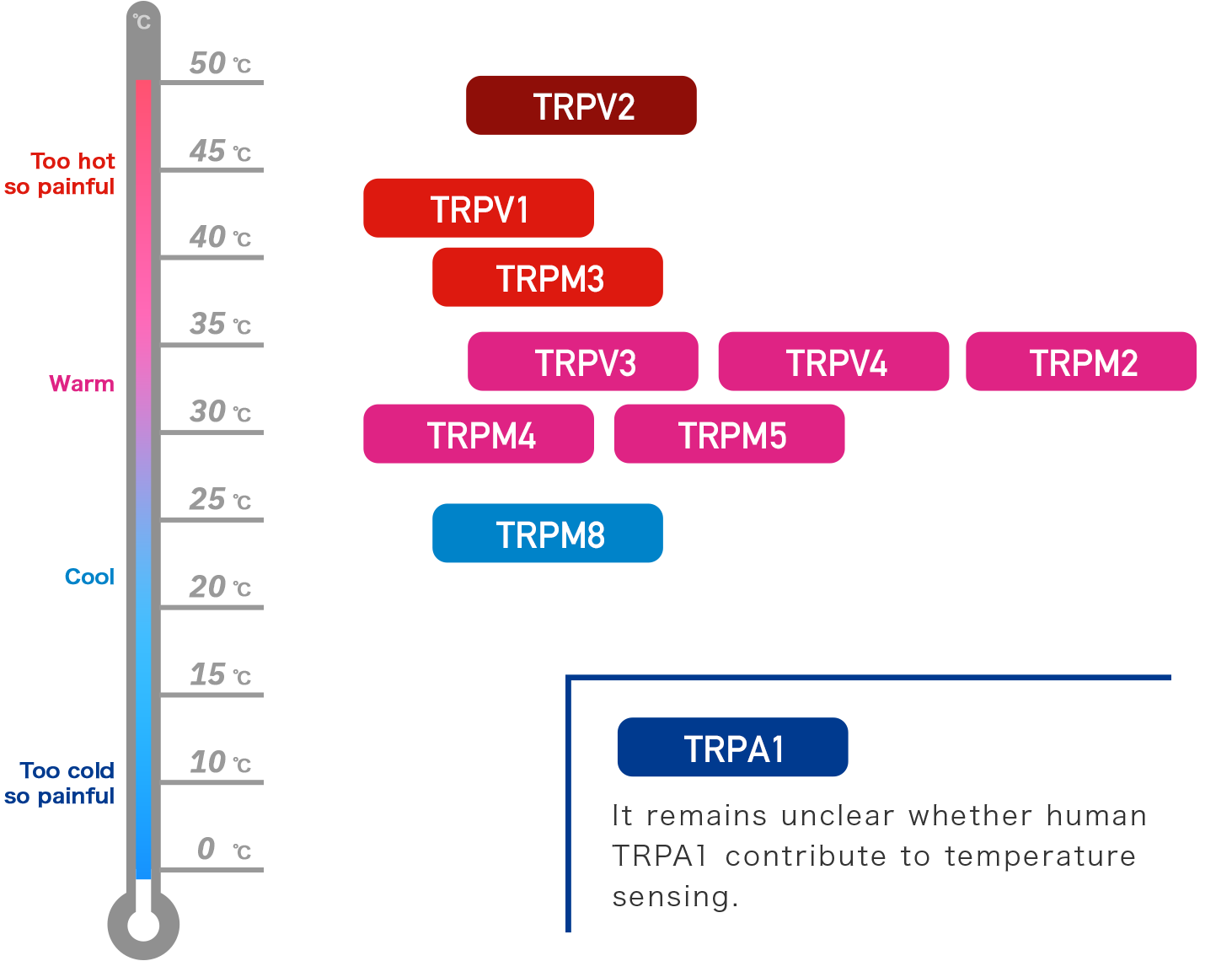
Each of the TRP channels that function as thermal sensors detects not only different temperature zones but also each chemical stimulus. Additionally, many kind of TRP channels are activated by plant-derived substance.
TRPV1 is activated not only by heat (>43 degrees C) which is dangerous to human body but also by capsaicin which is the principal pungent component of cayenne pepper. When we eat cayenne paper, we feel a sensation of burning in the mouth, like a type of pain. In English the word “hot” describes such spicy hotness as well as thermal heat. This use of the word must originate from the human being’s instinctive reaction to stimuli.
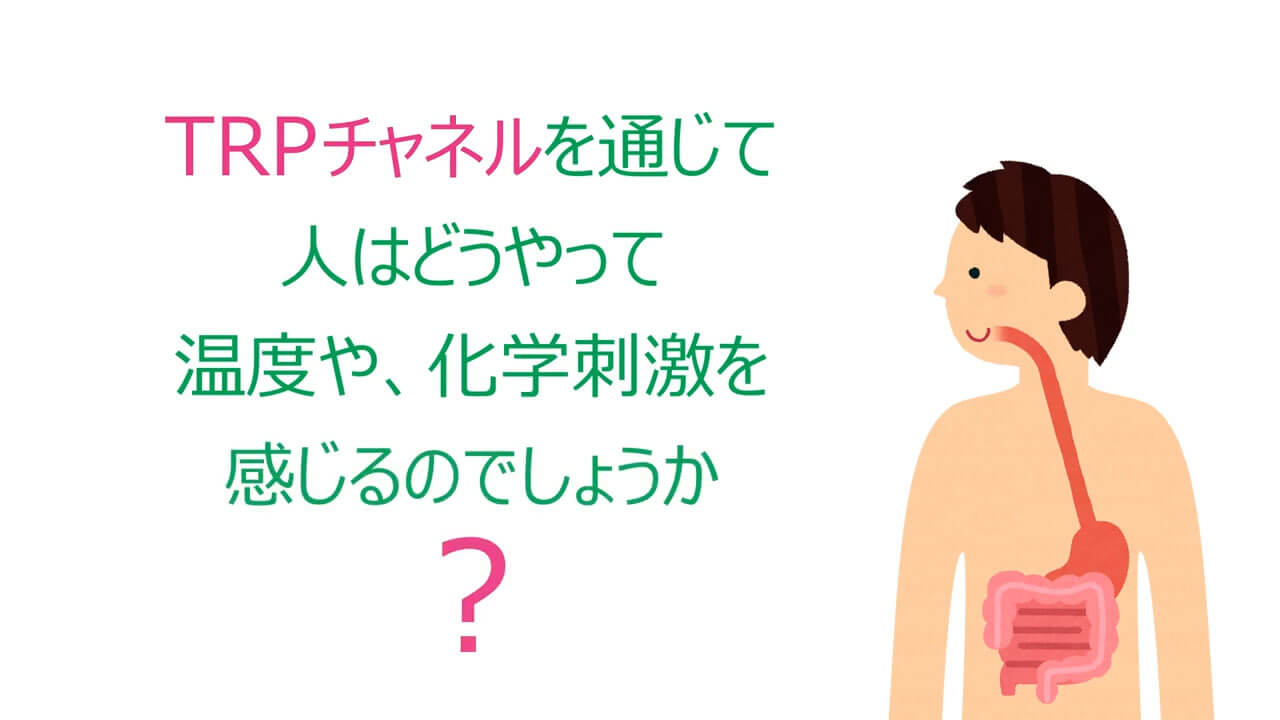
There are many kinds of
TRP channels.
There are so many that
that
act as sensors in our daily life!





TRPV1
- When you eat chili peppers,
you feel very hot in your mouth. - When you eat kimchi in a kimchi hot-pot,
it tastes hotter. - When you drink cold ginger ale,
you feel a gentle lingering warmth. - When you drink ginger tea,
you get a lasting feeling of warmth in your mouth. - When you drink alcohol,
you feel a burning sensation in your throat.
TRPM8
- When you drink water after taking a menthol tablet,
you can feel cold even if it is not cold. - When compared to other flavors,
mint ice cream tastes colder. - When you get out of a peppermint oil bath,
you can cool down faster. - Mint tea is hot
but makes your mouth feel cool. - Gel containing menthol feels pleasant
on sunburned skin.
TRPA1
- When you apply an anti-inflammatory analgesic (a cold compress),
it makes skin stinging sensation.
(methyl salicylate) - When water gets in the eye or nose,
pain seeps through. - When you apply a cough suppressant on your chest,
you stop coughing. - When you eat wasabi,
a pungent sensation goes through your nose. - Hair colorant solution make your scalp stinging sensation.
(though without inflammation).
Detecting thermal or chemical stimuli are essential to the
maintenance of life activity.







From insects to humans, living organisms need to seek a suitable living environment for themselves, and almost all organisms are equipped with sensors.
We develop our own products which make consumers comfortable and pleasant from our research findings on TRP channels as cellular sensors.
- CASE 01
Reducing unpleasant
sensation - CASE 02
Improving fresh
sensation - CASE 03
Skin care
In rare cases, cosmetics cause skin irritation.
Burning and Stinging
Sensations different depending on the person…
-
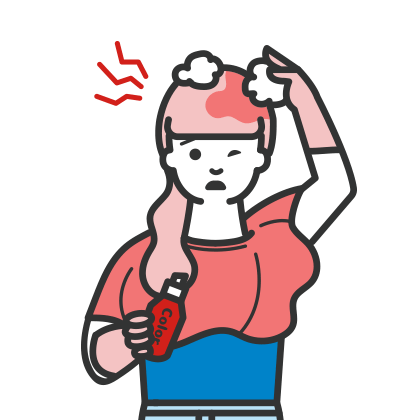
Oxidative hair dye
-
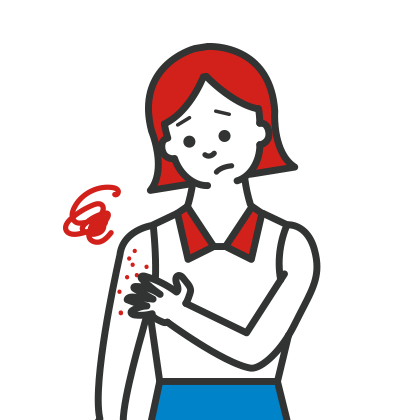
Preservative
-
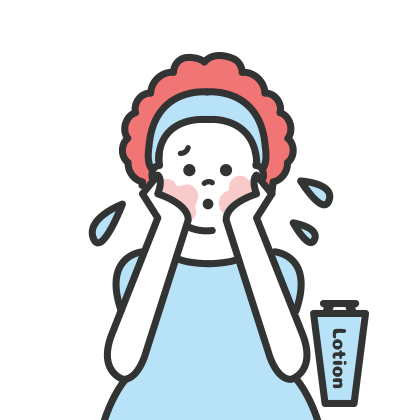
moisturizer
-

Cleansing agent
You sometimes feel unpleasant sensations even if there is no inflammation response.
This is because substances in cosmetics stimulate TRP channels.
We discovered that TRPV1 and TRPA1 induced such sensation.
Therefore,
we developed an evaluation method that measures response of
 and
and  activity.
activity.
Example 1
Hair dye on scalp make feel unpleasant…
TRPA1 responds to the chemical stimuli from alkali which sometimes results in unpleasant sensation such as tingling or burning sensation.
We discovered that stimuli on sensation can be inhibited by carbonate ions.
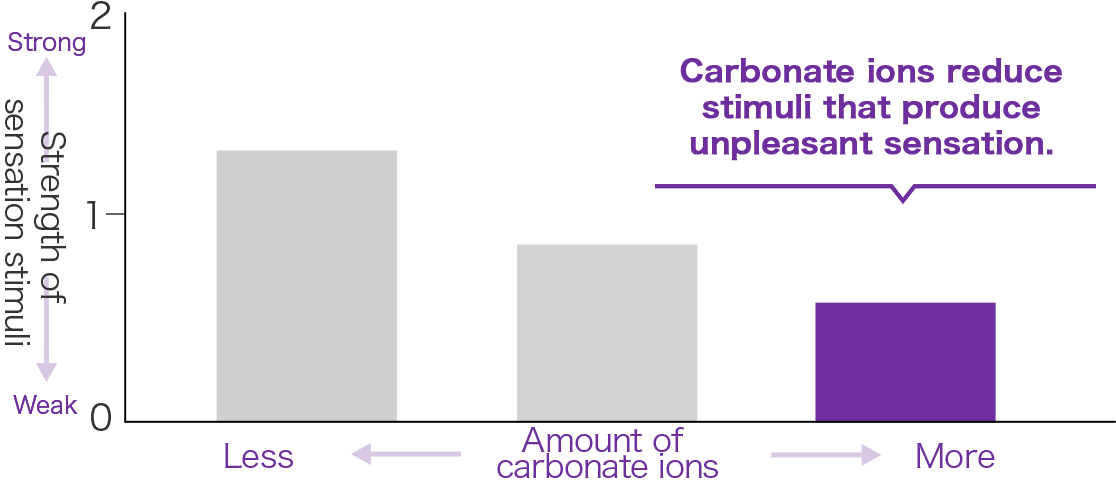
Produced hair colorant with less unpleasant sensation
Example 2
Cleansing agent stings the eye…
If we get a solution having a lower osmotic pressure than body fluids into our eye or nose, you feel pain there.
We discovered that this osmotic pressure- induced itch is mediated by TRPA1,
and TRPA1 activity is a modulated by osmotic pressure.
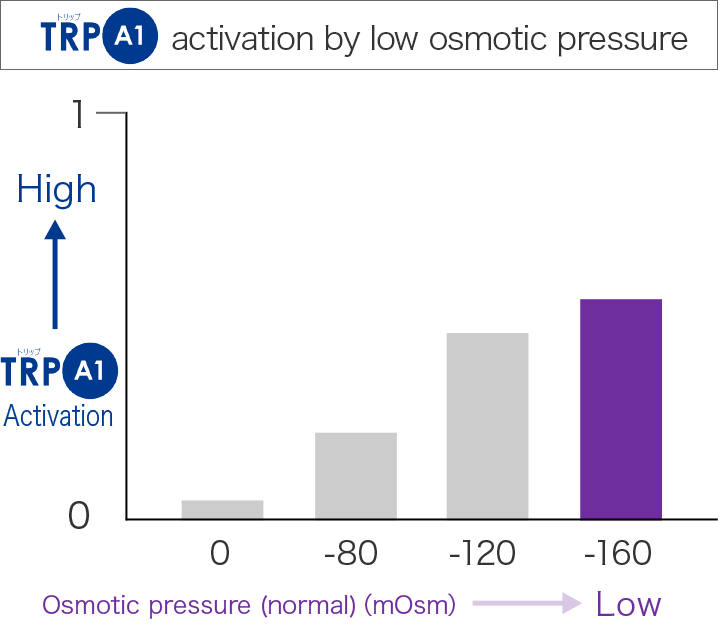
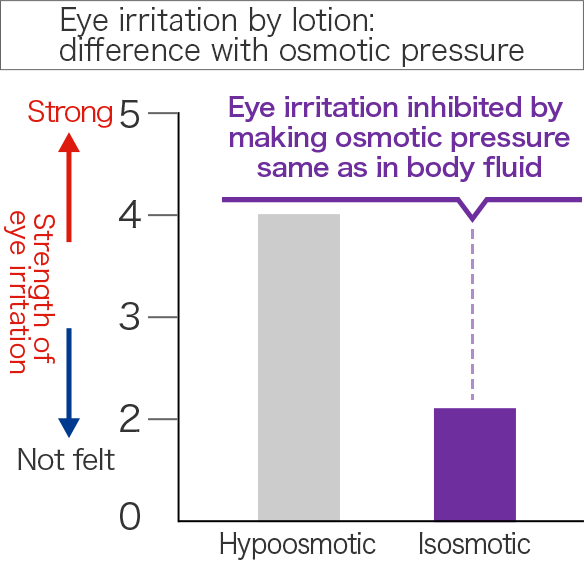
Our skin cleaning products with low osmotic pressure reduced unpleasant sensation
We are using the activity of TRP channel as cellular sensor effectively to develop new products that make consumers feel more and more comfortable!
Want
to use
cosmetics
providing
fresh feeling
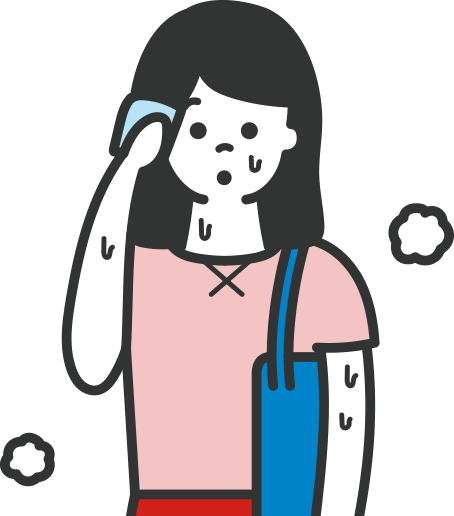
Want to
use cosmetics
providing cool
feeling on
a hot day
Consumers want to use various cosmetics, such as skin, body and hair care products, with providing cool and fresh sensations.
Menthol is the very essence of freshness
and induces the sensation of cooling by activating TRPM8.
Moderate concentrations of menthol induce a pleasant cool sensation, but you feel unpleasant sensation such as pain when you use the products with high-concentration menthol in order to keep your body cooler. That is because menthol activate not only TRPM8 but also TRPA1 which is one of the pain sensors.
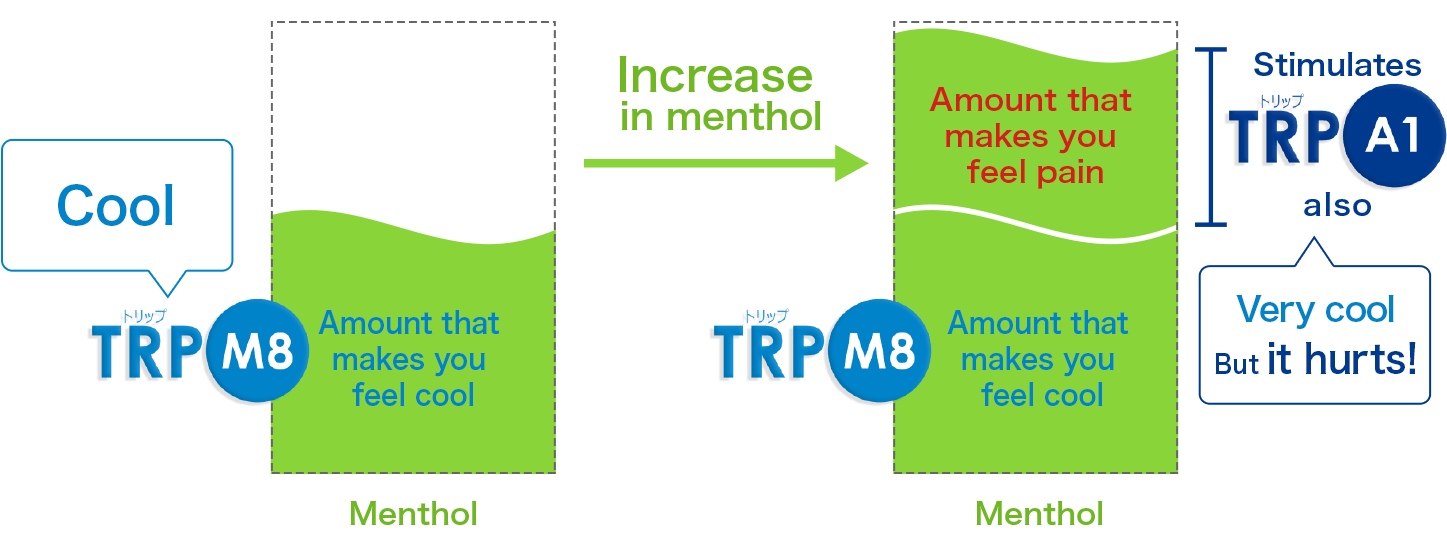
Because of this
We developed an evaluation method that measures the degree of coolness and unpleasant sensation by examining the responses of  and
and  .
.
We found that eucalyptol and isobornyl oxyethanol
reduce
TRPA1activation and thereby reduces unpleasant sensation.
 Inhibition by Isobornyl Oxyethanol
Inhibition by Isobornyl Oxyethanol
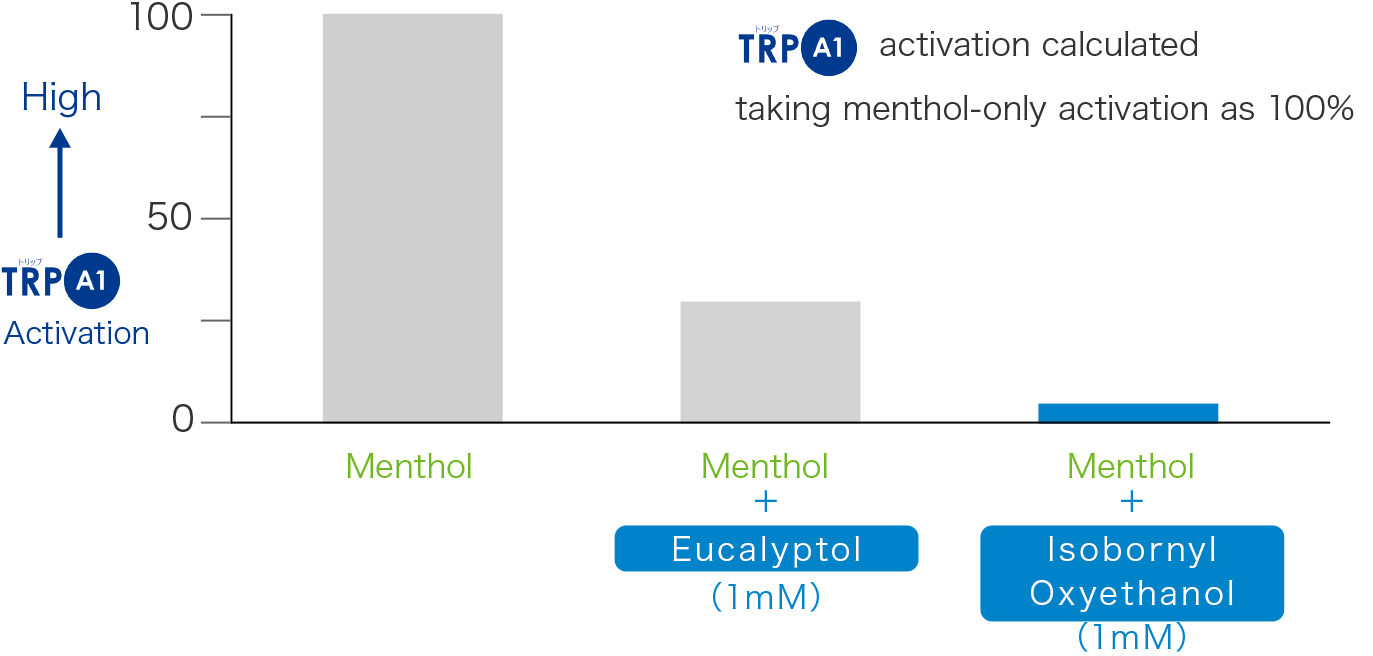
TRP channel responses have great potential to lead new cosmetics that can achieve a more comfortable fresh and cool sensation!
Many women are dissatisfied with their skin condition such as dryness, conspicuous pores and decreasing skin elasticity. These symptoms are related to inflammatory response.
A part of immune system is related with immune responses in epidermal keratinocytes.
Therefore, we focus on TRPM4 which is expressed on human epidermal keratinocytes.
What happens if TRPM4 is activated?

Our research found that  can control the immune responses of epidermal keratinocytes.
can control the immune responses of epidermal keratinocytes.
First confirmation of this in Japan!
immune control effects of TRPM4 in the skin cells
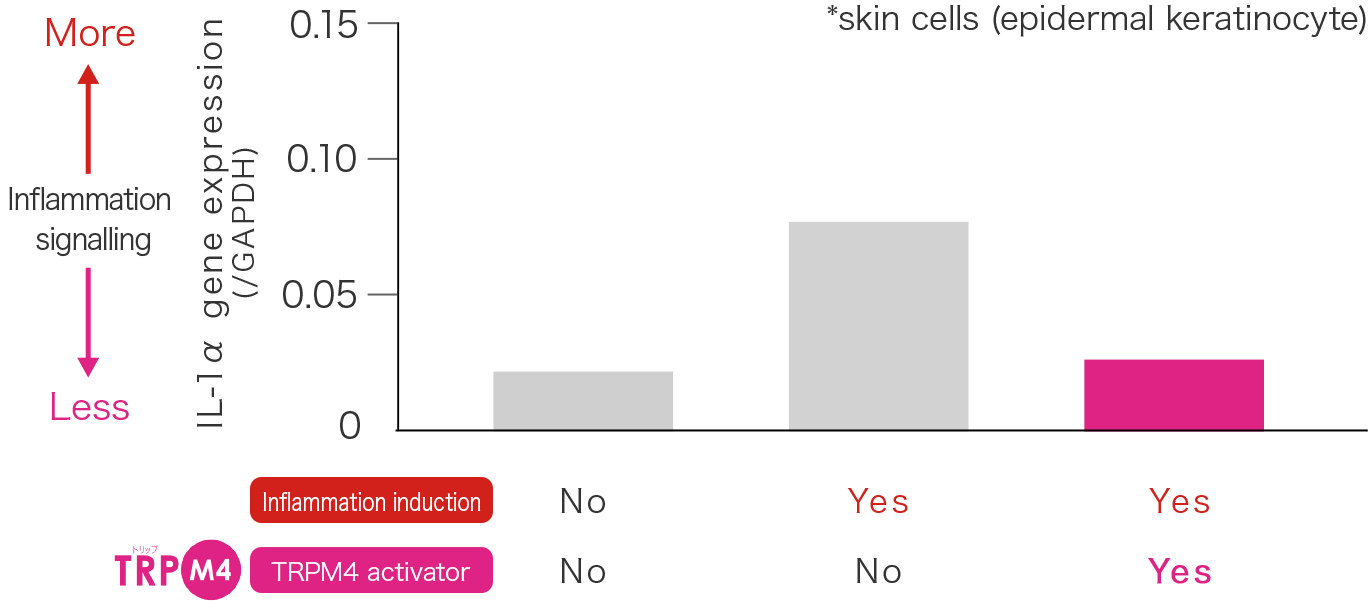
Thus,
we developed evaluation method
for TRPM4 TRPM4 activity.
Using this method,
we searched for a TRPM4 activator.
We verified that a mineral, aluminium potassium sulfate (AlK) activates TRPM4.
In addition, we verified that ALK reduce inflammatory responses in epidermal keratinocytes.
The result of topical application test with
ALK-containing lotion Results
Repeat-use Experiment Results
Moisture/Skin elasticity/Pores,
indicators for skin condition, improved!
By using TRP Channel response development of skin care products became possible with this new approach!
- CASE 01
Reducing unpleasant
sensation - CASE 02
Increasing fresh
sensation - CASE 03
Skin care






